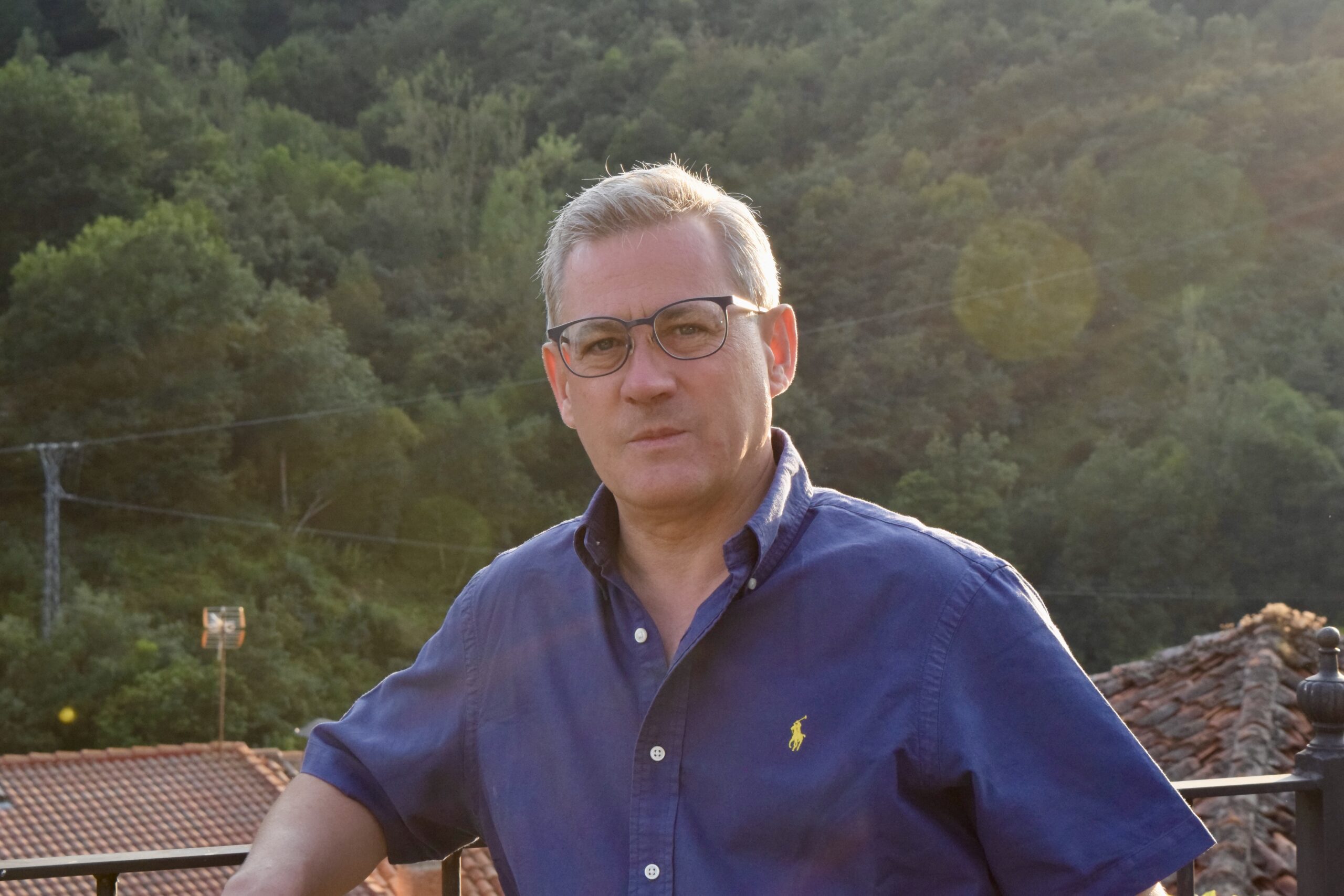Ingeniero Industrial por la Universidad de Zaragoza, donde se graduó en 1992, y doctor en Ingeniería Aeroespacial por la Universidad de California en San Diego, EEUU, título que obtuvo en 1998. Tras finalizar su doctorado ocupó una plaza de profesor Visitante (Categoría Titular) en la Universidad Carlos III de Madrid donde consiguió la Plaza de Profesor Titular de Universidad en el Departamento de Ingeniería Térmica y de Fluidos en el año 2002.
En el año 2005 se trasladó a la Universidad de Jaén en comisión de servicios como responsable del Área de Mecánica de Fluidos donde obtuvo la plaza de Catedrático de Universidad en el año 2008. Recientemente se ha incorporado a la Universidad de Granada con el objetivo de crear el Área de Mecánica de Fluidos en esta Universidad. Ha sido el responsable de la creación, montaje y puesta a punto de los laboratorios experimentales de Mecánica de Fluidos en la Universidad Carlos III de Madrid y en la Universidad de Jaén, los cuales cuentan actualmente con equipamiento de alto nivel científico, como Anemómetro Laser Doppler (LDA), Anemometría por análisis de imágenes de partículas (PIV), Anemometría de hilo caliente (HW), túneles aerodinámicos e hidrodinámicos, etc.
En el año 2007 creó el grupo de Mecánica de Fluidos de Jaén, TEP 235, el cual se ha consolidado rápidamente dentro del 10% de los mejores grupos de la Universidad de Jaén. Ha sido director del Secretariado del Gestión de la Calidad de la Universidad de Jaén desde el 04/2007 al 06/2011 y Vicerrector de Tecnologías de la Información y de la Comunicación de la misma universidad desde del 06/2011 al 05/2015. Sus áreas de especialización incluyen estudios experimentales y numéricos de flujos con burbujas (mecanismos de formación de burbujas, generación de burbujas en flujos con co-flujo, rotura turbulenta y dispersión de burbujas e inestabilidades de estelas de burbujas).
Así, ha contribuido a mejorar el entendimiento de los fenómenos de la rotura turbulenta de gotas y burbujas, de gran interés en procesos industriales y medioambientales, proponiendo modelos de rotura de burbujas que actualmente se están implementado en códigos numéricos aplicados en ingeniería química, industria petroquímica y oceanografía, entre otros. También está investigando la estabilidad de estelas de cuerpos con base roma con el objetivo de diseñar sistemas eficientes de control pasivo y dispositivos de reducción de resistencia de vehículos pesado (camiones de alto tonelaje).
Desde el punto de vista de las aplicaciones, ha sido coautor de tres patentes con licencia, una de ellas relacionada con la generación de burbujas y dos con el diseño de un dispositivo para reducir el arrastre de vehículos pesados.
Por otro lado, el Dr. Martínez Bazán, aprovechando su experiencia en el estudio de problemas fundamentales de la Mecánica de Fluidos, ha iniciado una nueva línea de investigación en la caracterización de flujos biológicos, en particular el flujo del líquido cefalorraquídeo (LCR), en colaboración con investigadores de la Universidad de California en San Diego, EEUU.





